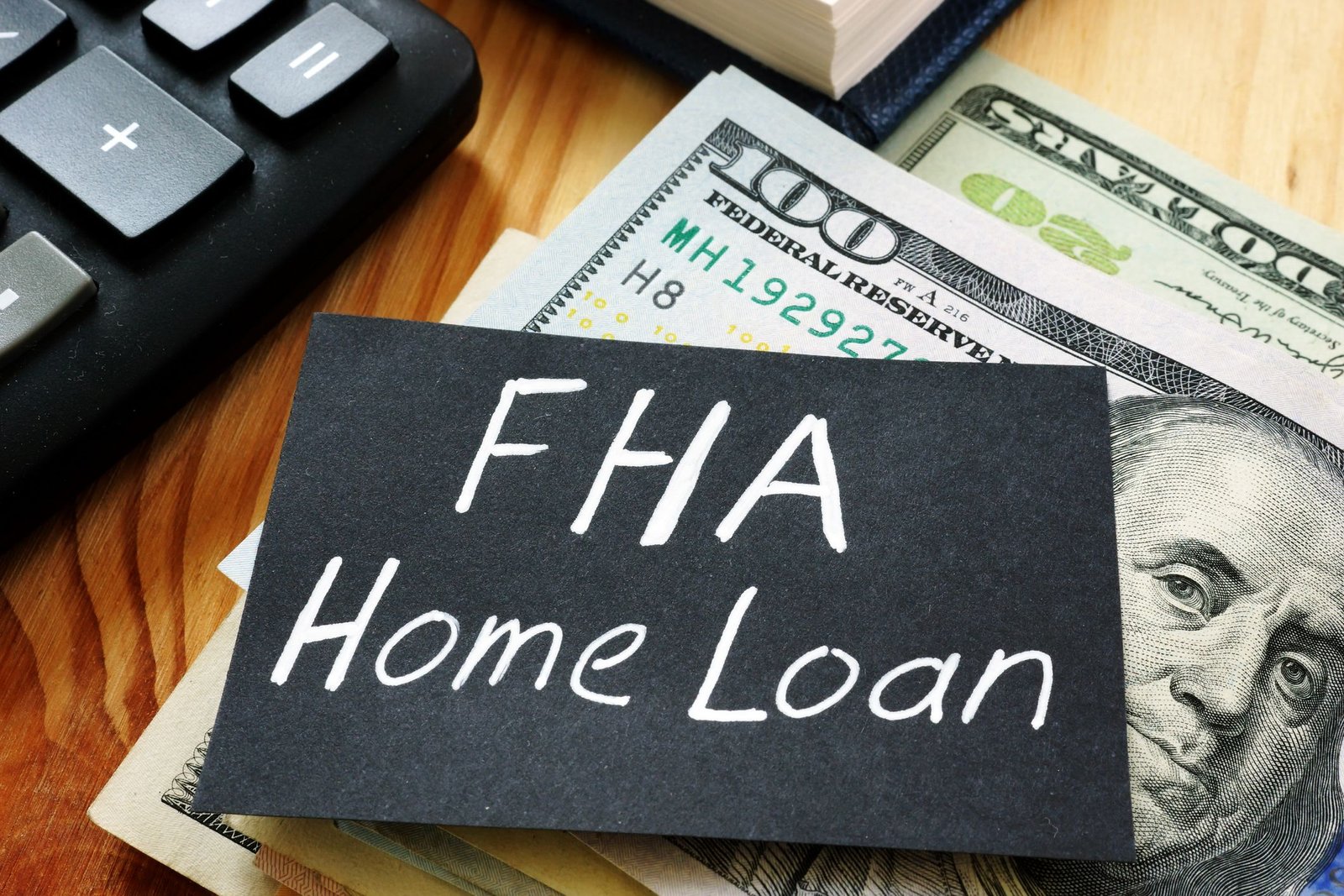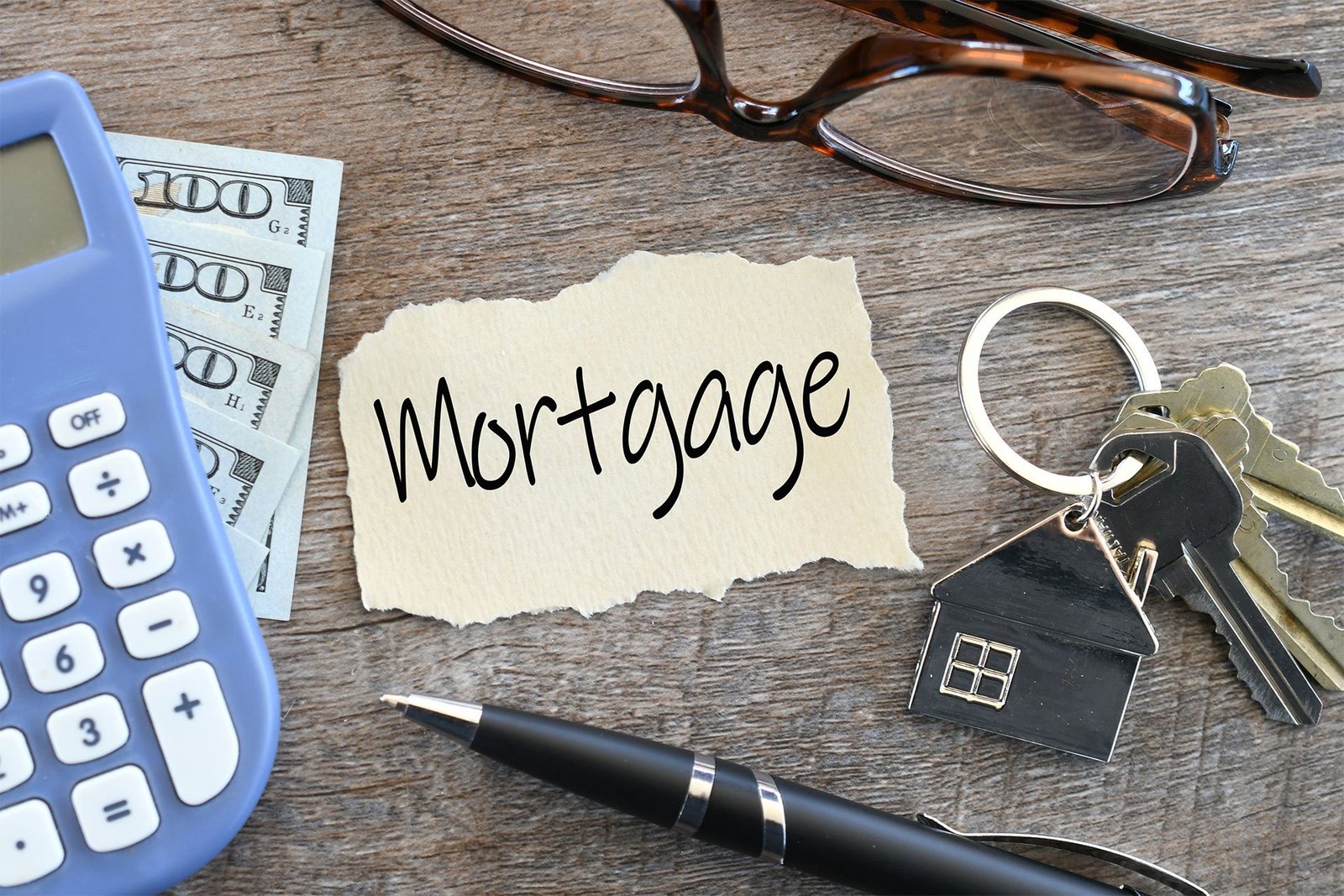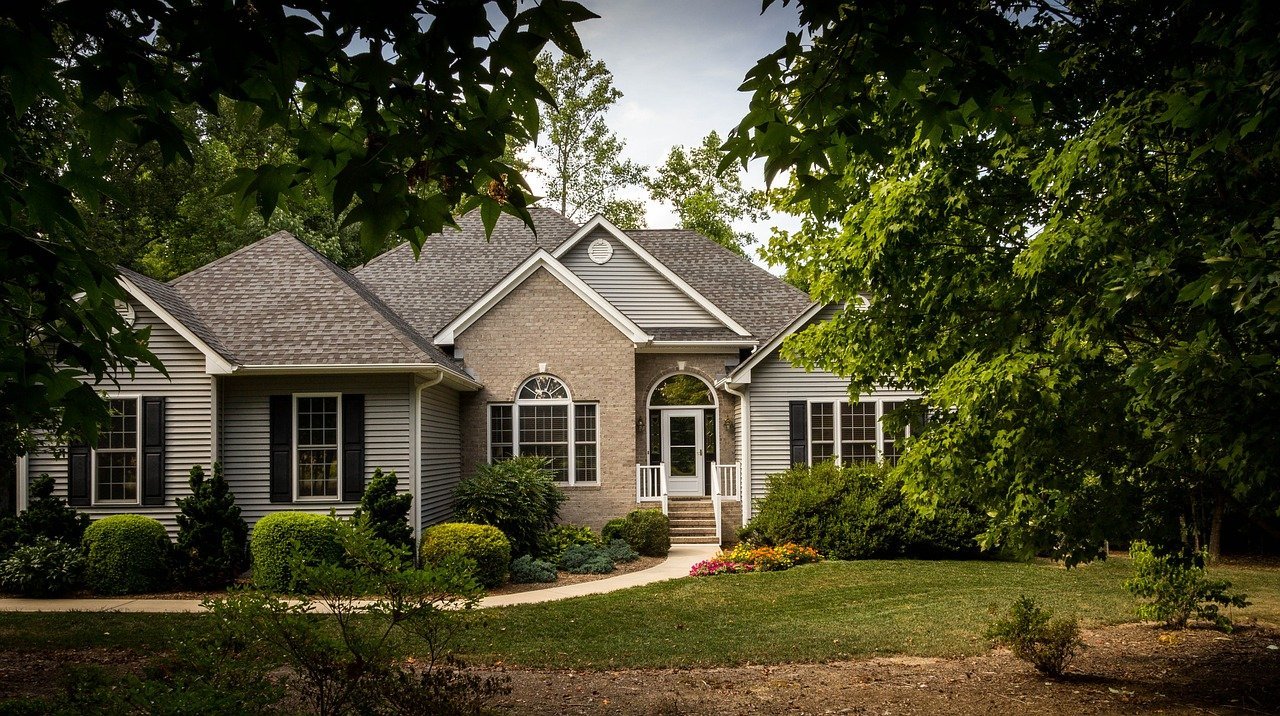FHA Loan: What You Need to Know
An FHA loan is a mortgage insured by the Federal Housing Administration. Allowing down payments as low as 3.5% with a 580 FICO, FHA loans are helpful for buyers with limited savings or lower credit scores.

FHA Loan Requirements
The FHA, or Federal Housing Administration, provides mortgage insurance on loans made by FHA-approved lenders. FHA insures these loans on single family and multi-family homes in the United States and its territories. It is the largest insurer of residential mortgages in the world, insuring tens of millions of properties since 1934 when it was created.
- FICO® score at least 580 = 3.5% down payment.
- FICO® score between 500 and 579 = 10% down payment.
- MIP (Mortgage Insurance Premium ) is required.
- Debt-to-Income Ratio < 43%.
- The home must be the borrower’s primary residence.
- Borrower must have steady income and proof of employment.
An FHA Loan is a mortgage that’s insured by the Federal Housing Administration. They allow borrowers to finance homes with down payments as low as 3.5% and are especially popular with first-time homebuyers.
FHA Loan Benefits
- Credit score requirements are lower compared to other loans.
- You could still qualify for an FHA loan if you’ve had a bankruptcy or other financial issues in the past.
- They’re available with fixed or adjustable rates and for 30- or 15-year terms.
- They have low down payment requirements. You can put down as little as 3.5%.
Refinancing with an FHA loan has some great benefits, too:
- Closing costs can be rolled into your loan.
- If you’ve already got an FHA loan, you can refinance with an FHA Streamline. Less documentation is required for this option, and you may not need an appraisal. The FHA Streamline is a good option if you’re not looking to take cash out.

How to qualify for an FHA loan
- FICO score of 500 to 579 with 10 percent down or a FICO score of 580 or higher with 3.5 percent down.
- Verifiable employment history for the last two years.
- Income is verifiable through pay stubs, federal tax returns and bank statements.
- Loan is used for a primary residence.
- Property is appraised by an FHA-approved appraiser and meets HUD property guidelines.
- Your front-end debt ratio (monthly mortgage payments) should not exceed 31 percent of your gross monthly income.
- Your back-end debt ratio (mortgage, plus all monthly debt payments) should not exceed 43 percent of your gross monthly income. Lenders may allow a ratio up to 50 percent in some cases.
- If you experienced a bankruptcy, you must wait 12 months to two years to apply, or three years after a foreclosure. Lenders may make exceptions on waiting periods for borrowers with extenuating circumstances.

FHA loan limits for 2021
For 2021, the floor limit for single-family FHA loans in most of the country is $356,362, up from $331,760 in 2020. For high-cost areas, the ceiling is $822,375, up from $765,600 a year ago. These limits are referred to as “ceilings” and “floors” that FHA will insure. FHA updates limit amounts each year in response to changing home prices.
FHA is required by law to adjust its amounts based on the loan limits set by the Federal Housing Finance Agency, or FHFA, for conventional mortgages guaranteed or owned by Fannie Mae and Freddie Mac. Ceiling and floor limits vary according to the cost of living in a certain area, and can be different from one county to the next. Areas with a higher cost of living will have higher limits, and vice versa. Special exceptions are made for housing in Alaska, Hawaii, Guam and the Virgin Islands, where home construction is generally more expensive.
